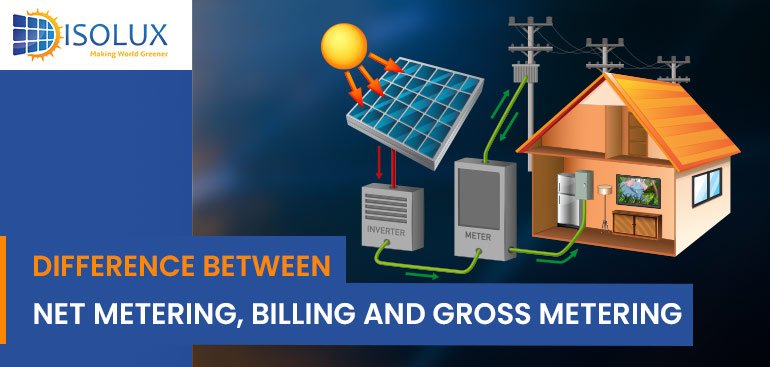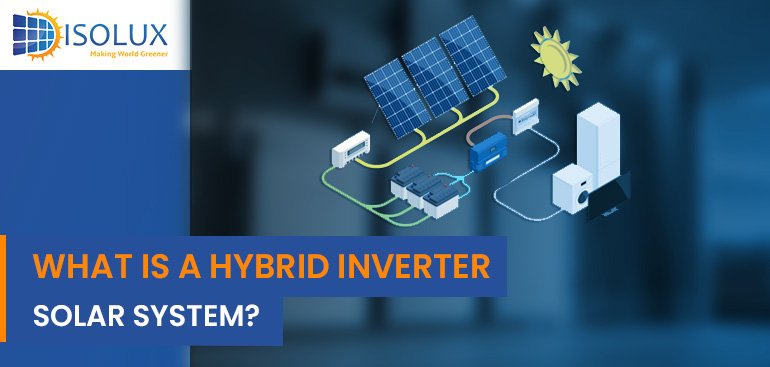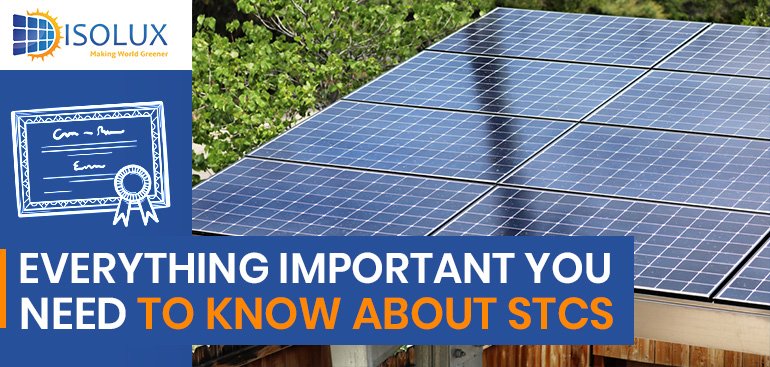There is a huge demand in Australia for generating electricity at home using solar panels from CEC accredited solar installers. The reason behind this increasing demand popularity is the availability of cost-effective solar panels in Australia along with the rebates offered by the Australian Government. The electricity we use in homes and offices is tracked by an electric meter. Depending on the number of units consumed, the electricity bill is generated.
Are you searching for solar panel installers near me?
If this is the case, you must first understand metering and billing in Australia.
What Happens In Normal Metering?
In the case of normal metering, there is a unidirectional meter installed by the power utility company. In this type of metering, the installed meter measures the amount of electricity consumed by your house.
Net Metering
- Net metering makes solar energy more affordable and economical for Australians.
- When the solar panels generate excess power, it is sent to the grid. This power can be taken back from the grid when the solar panels are generating less power.
- Net metering involves the use of a bi-directional meter, which records the power consumed by you (import) and the excess power that is sent back to the grid (export).
- In net metering, the consumption from the grid is recorded as ‘Import’ and excess electricity pumped is recorded as ‘Export.
- In the case of a grid-tied system, the utility company sends the electricity received from the solar PV system to others.
- In net metering, the energy generated by the solar panels will be first used to power your home.
- You will be paid a rebate for supplying excess power to the grid.
- With net metering, you will be compensated at a retail rate, which is the same rate at which you purchase electricity from the grid.
Net Billing
- Net billing is different from net metering.
- In net billing, the excess electricity sent to the grid is sold at a lower cost than what you will buy from the utility as a customer.
- In net billing, you will not get a credit on the utility bill, but you will get the dollar value (wholesale electricity rate).
- For example, if the retail rate is $0.10, the wholesale supply rate would be $0.5.
Gross Metering
- In gross metering, you cannot use the electricity generated by the solar PV system installed by the CEC-accredited solar installers.
- The power generated by the solar panels is sent directly to the grid first, where it is distributed to various customers.
- In gross metering, the utility pays a fixed feed-in tariff to the customer, which is lower than the retail tariff.
- With gross metering, you will continue to receive monthly electricity bills based on your usage.
- You will get paid for the electricity supplied to the grid separately.
Between net metering and net billing, net metering should be the preferred choice for Australians who want to generate solar power from the solar panels installed by CEC accredited solar installers. On the other hand, gross metering is a good option for Australian homeowners who have ample space but don’t want to use the generated solar power to power their homes.
Read Next Blog: How Do Half-Cut Solar Cells Help in Increasing Solar Productivity?




